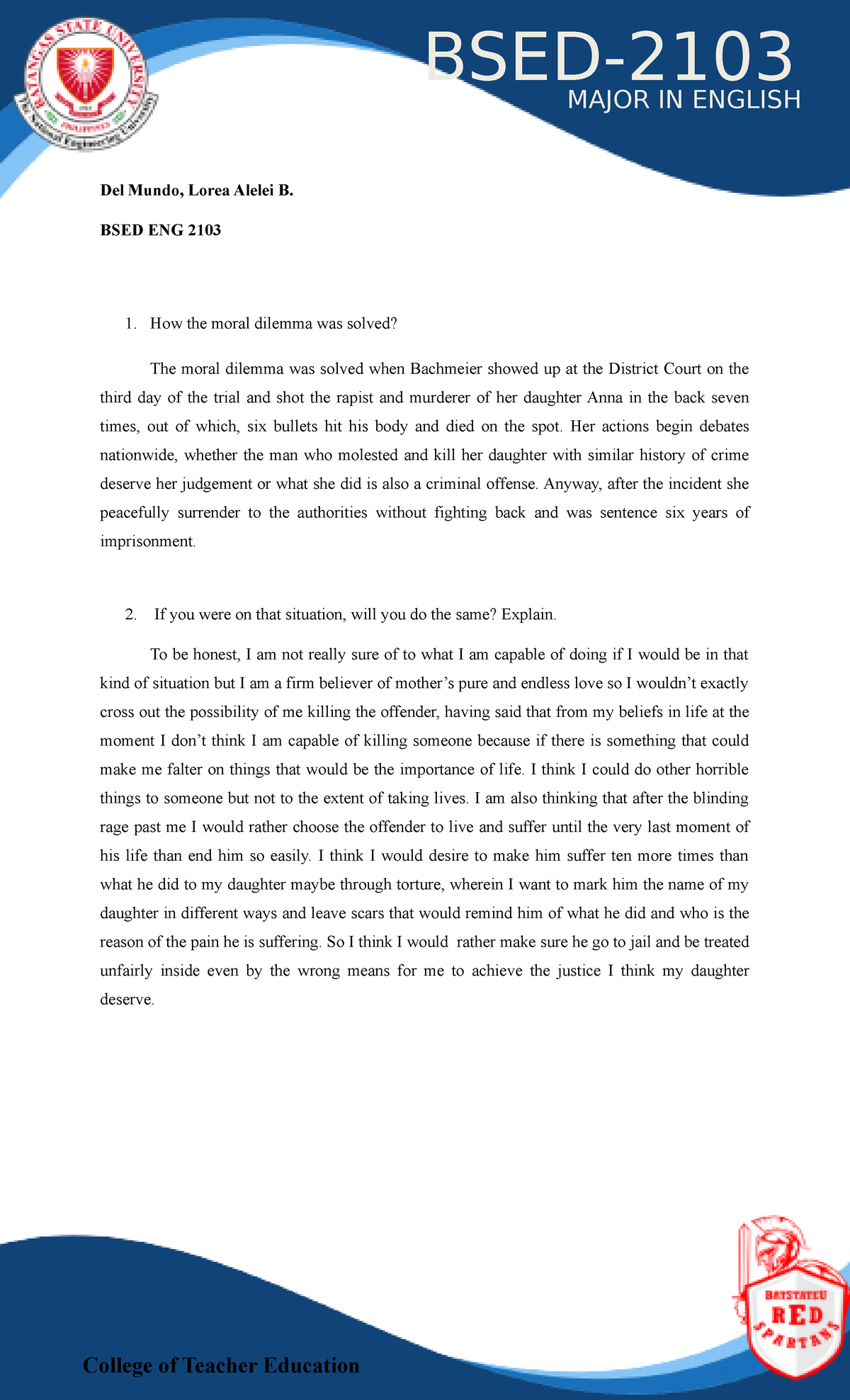The LA Wildfires: A Case Study In The Moral Hazard Of Disaster Betting

Table of Contents
The Economics of Disaster Betting and Wildfire Risk in LA
Disaster insurance plays a crucial role in mitigating the financial losses associated with wildfires. However, the availability of affordable insurance, particularly in high-risk areas like Los Angeles, can create a moral hazard. This means that the insurance itself might unintentionally encourage people to build and live in areas with a high probability of wildfire, thus exacerbating the problem. The cost of wildfire insurance premiums in LA is significantly influenced by factors such as proximity to wildlands, vegetation density, and the history of wildfires in the area. Climate change further complicates this, increasing both the frequency and intensity of wildfires and driving up insurance premiums.
- Increased development in wildfire-prone zones: The expansion of urban areas into historically wildland areas increases the number of properties at risk and necessitates greater payouts from insurance companies.
- Underinsurance leading to greater reliance on government aid: Many homeowners may opt for minimal insurance coverage, leading to increased reliance on government disaster relief programs in the event of a wildfire.
- The impact of climate change on insurance premiums and risk assessments: As climate change increases the frequency and severity of wildfires, insurance companies are forced to reassess risk and adjust premiums accordingly, often making insurance unaffordable for many residents.
Government Disaster Relief and the Moral Hazard
Government agencies like FEMA (Federal Emergency Management Agency) play a vital role in providing disaster relief after wildfires, offering crucial aid to those affected. However, this aid can inadvertently lessen the consequences of risky decisions, reducing individual incentives for preventative measures. The effectiveness of current government policies in addressing the moral hazard is a subject of ongoing debate. The equitable distribution of disaster relief funds is also a significant concern, with questions raised about whether aid is reaching those most in need.
- Federal, state, and local government responses to the LA wildfires: A detailed analysis of the various levels of government involvement reveals both strengths and weaknesses in the current response system.
- Criticisms of government aid programs and their potential unintended consequences: Critics argue that current programs may inadvertently incentivize risky behavior by mitigating the financial losses associated with living in high-risk areas.
- The debate surrounding equitable distribution of disaster relief funds: Ensuring fairness and efficiency in the distribution of aid remains a challenge, particularly in regions with diverse socioeconomic backgrounds.
Individual Responsibility and Mitigation Strategies
Mitigating wildfire risk requires a shared responsibility, with individuals playing a crucial role. Home hardening, such as installing fire-resistant roofing and landscaping, is vital. Responsible land management practices, including clearing brush and creating defensible space around homes, significantly reduce the risk of wildfire damage. Public awareness campaigns and educational initiatives are critical for disseminating information and empowering individuals to take proactive measures. Community-based disaster preparedness programs foster collective action and improve response capabilities.
- Creating defensible space around homes: This involves removing flammable vegetation within a specified radius of the home.
- Implementing fire-resistant landscaping: Choosing drought-tolerant plants and maintaining proper spacing between vegetation reduces fuel for wildfires.
- Community wildfire protection plans: These plans involve coordinated efforts between residents, local authorities, and fire agencies to mitigate wildfire risk.
- The importance of public education on wildfire safety: Educating residents about wildfire risks, evacuation procedures, and home hardening techniques is crucial for building community resilience.
Reforming Disaster Response to Mitigate Moral Hazard
Addressing the moral hazard associated with disaster betting requires a multi-pronged approach. Reforms to insurance policies, including implementing risk-based insurance premiums, are crucial. Strengthening building codes in high-risk areas, coupled with investments in preventative measures like forest management, can significantly reduce the vulnerability of communities to wildfires. Promoting community resilience initiatives, empowering individuals and communities to prepare for and respond to disasters, is essential for long-term sustainability.
- Implementing risk-based insurance premiums: This would ensure that insurance costs accurately reflect the level of risk associated with a particular property.
- Strengthening building codes in high-risk areas: This would mandate the use of fire-resistant building materials and construction techniques.
- Investing in preventative measures, like forest management: This includes controlled burns and forest thinning to reduce fuel loads and mitigate wildfire risk.
- Promoting community resilience initiatives: This involves supporting local programs that empower communities to prepare for and respond to disasters.
Conclusion: Addressing the Moral Hazard of Disaster Betting in LA and Beyond
The LA wildfires serve as a stark reminder of the devastating consequences of wildfires and the complex moral hazard created by our current system of disaster insurance and relief. This article has highlighted the interplay between insurance, government aid, and individual responsibility in shaping wildfire risk. Addressing the moral hazard requires a concerted effort involving reforms to insurance policies, strengthened building codes, investments in preventative measures, and a renewed focus on community resilience. We must move beyond simply reacting to disasters and actively engage in preventative measures and responsible land use. Learn more about wildfire risk in your area, engage in preventative measures, and support policies that address the moral hazard of disaster betting in LA and other wildfire-prone regions. Together, we can reduce the devastating impact of future wildfires.

Featured Posts
-
 Sinners Cinematographer Captures The Mississippi Deltas Vastness
Apr 26, 2025
Sinners Cinematographer Captures The Mississippi Deltas Vastness
Apr 26, 2025 -
 Mission Impossible Dead Reckoning Teaser Review Is It Worth The Hype
Apr 26, 2025
Mission Impossible Dead Reckoning Teaser Review Is It Worth The Hype
Apr 26, 2025 -
 Two Wins For Merlier A Dominant Performance At Paris Nice
Apr 26, 2025
Two Wins For Merlier A Dominant Performance At Paris Nice
Apr 26, 2025 -
 Chinas Electric Vehicle Push Shaping The Future Of Transportation
Apr 26, 2025
Chinas Electric Vehicle Push Shaping The Future Of Transportation
Apr 26, 2025 -
 Le Chef Etoile Guillaume Scheer S Installe A Strasbourg
Apr 26, 2025
Le Chef Etoile Guillaume Scheer S Installe A Strasbourg
Apr 26, 2025
